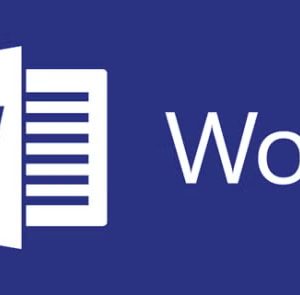Description
The “assigned case” mentioned in the description is referring to ‘QUECHUA IN PERU”(a minority language). Other than that, please follow the description attached. As far as the two reading pieces, feel free to use anything as long as they meet the requirements
In the second half of the semester, your focus will be on a group presentation project dealing with a specific case of language contact, language conflict, and language rights. This data mining assignment and the second one (which will come after the midterm) are intended to assist you in researching the details of your assigned case.
For this first assignment, you should find two pieces of writing that deal with your assigned case. These might be new articles, chapters from books, articles published in academic journals, editorials or other opinion pieces from popular media, or essays from activist sites. You cannot use articles that are included in the syllabus as required reading for this assignment, and a Wikipedia article is NOT an acceptable source for this assignment; however, you might want to use these things as resources to direct you to relevant material. (i.e. check the bibliographies of the course readings or visit sites that are linked at the end of a Wikipedia article).
Once you have identified relevant pieces, prepare a 1-2 page critical summary of the articles you have found. The person who reads your data mining paper should get a clear idea of what the focus of each piece is, what the author discussed, and what kinds of evidence or ideas the author relied on to make his or her point. To that end this summary should include:
- An introduction that gives some explanation of the case and its relevance to the course provide context. (You may need to do some preliminary reading and searching to learn more about the case that you’ve been assigned. In most cases it will be helpful to look at the syllabus for initial background readings.)
- A concise but informative critical summary of the two pieces of writing that you read. A “critical” summary doesn’t simply summarize the facts; it reflects on and evaluates the arguments presented in the article. To that end, keep in mind questions like:
- Where and when did each piece appear?
- What in the article is being presented as fact? What is being presented as opinion?
- What is the author’s agenda? Are they simply reporting on facts, or are they trying to persuade an audience?
- What is the audience for each piece?
- What did you learn from these two pieces?
- What is the main point of each piece, and how, specifically, does the author support this point? (Specifics are good; try to avoid sweeping generalizations.)
Because this research should be contributing to your final presentation, it’s a good idea to confer with the other members of your group about which sources you intend to report on. The less duplication there is in your sources, the more ground your group will be covering in your background research. Please note that you should NOT be collaborating on this writing project—only (potentially) sharing information about which works your own individual report will cover.
Your report should be formatted in portrait orientation with margins no greater than 1 inch, using 12-point font. Text should be single-spaced, with no empty lines between paragraphs. Be sure to include full bibliographic citations for the two pieces you summarize. A useful overview of how to give in-text citations of web material, and how to format these items for inclusion in your list of works cited at the end of the report, assuming the citation style of the MLA (Modern Language Association), can be found here: http://www.virtualsalt.com/mla.htm


Reviews
There are no reviews yet.